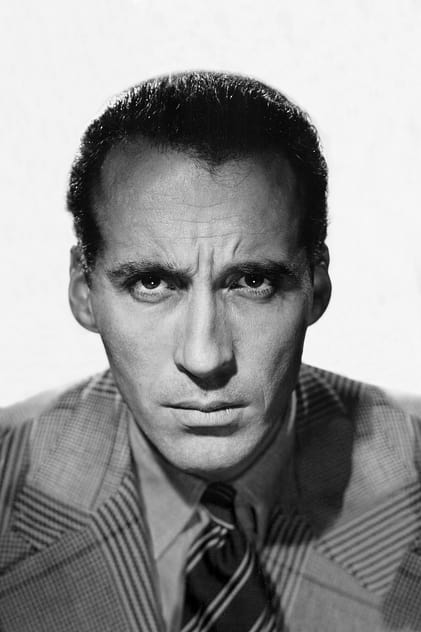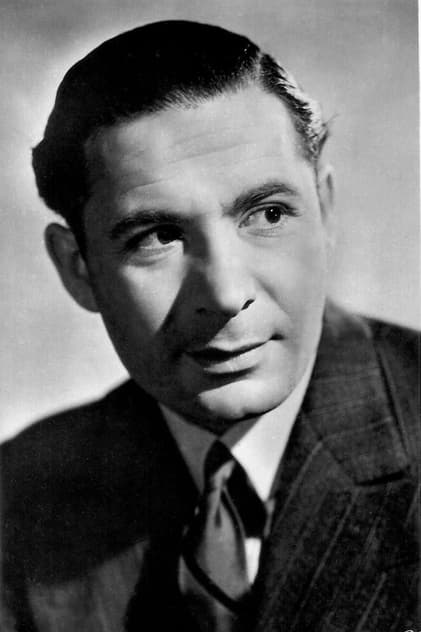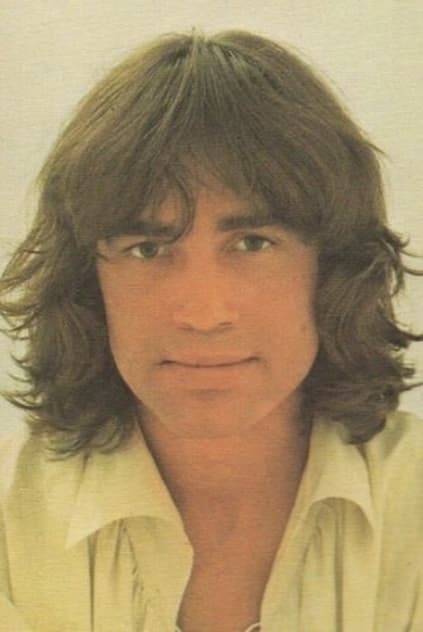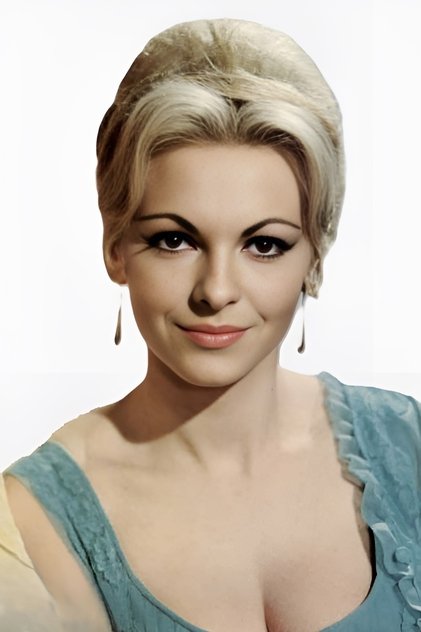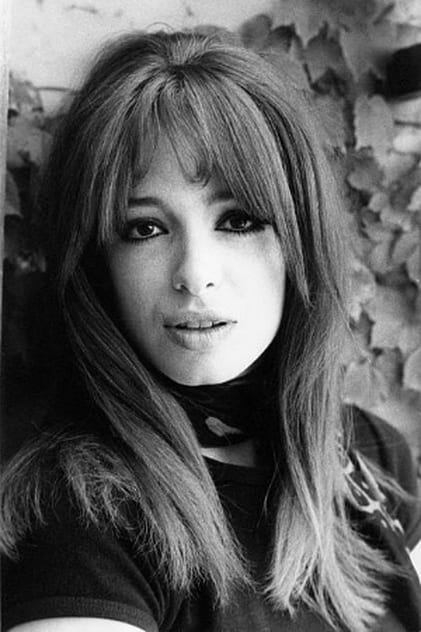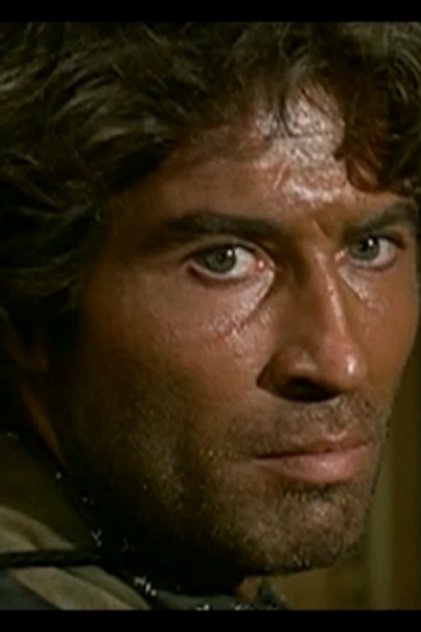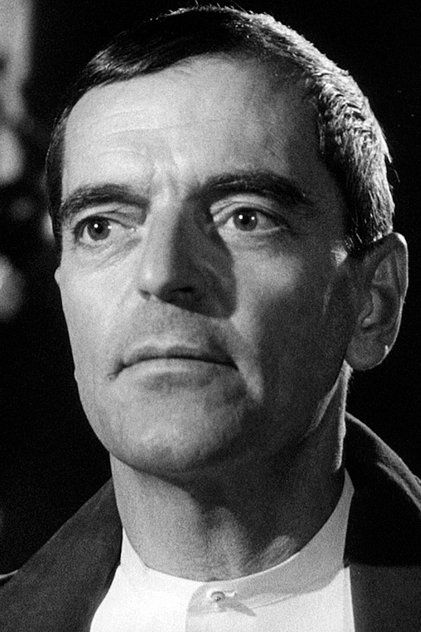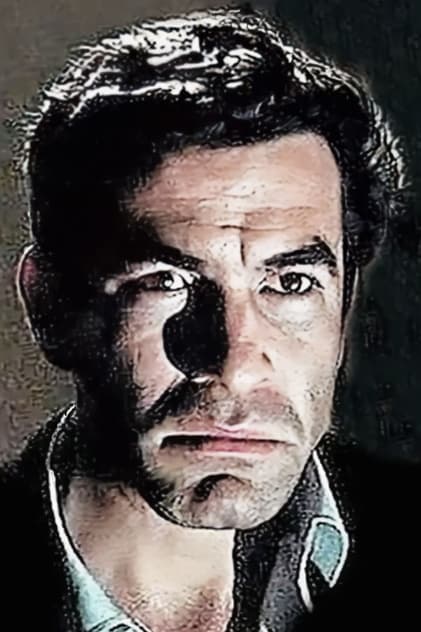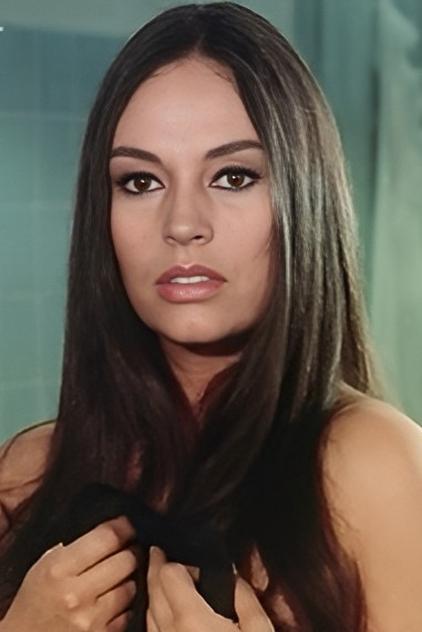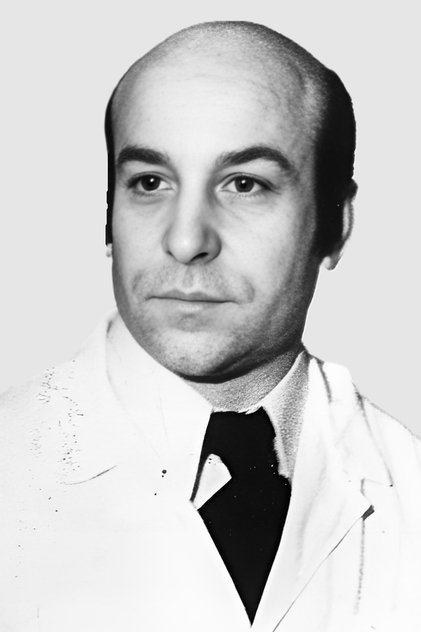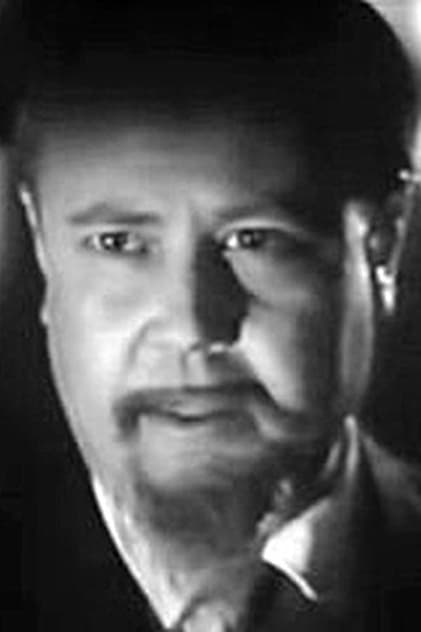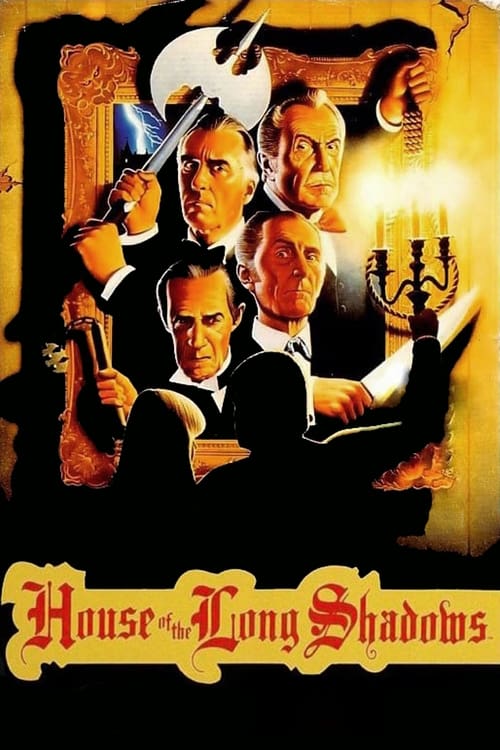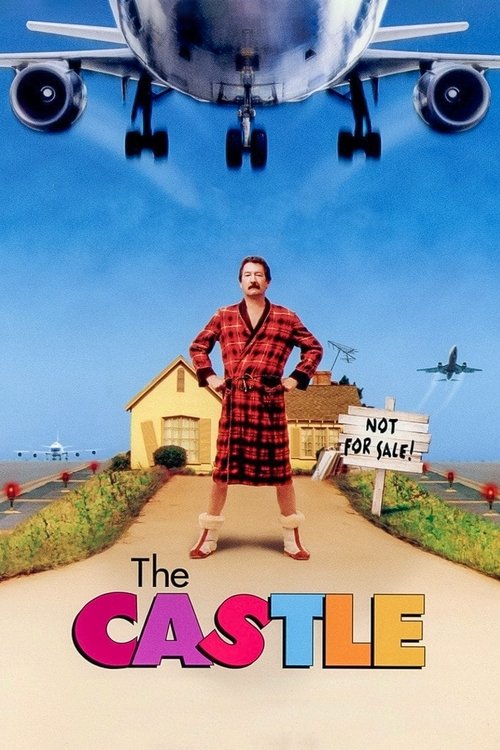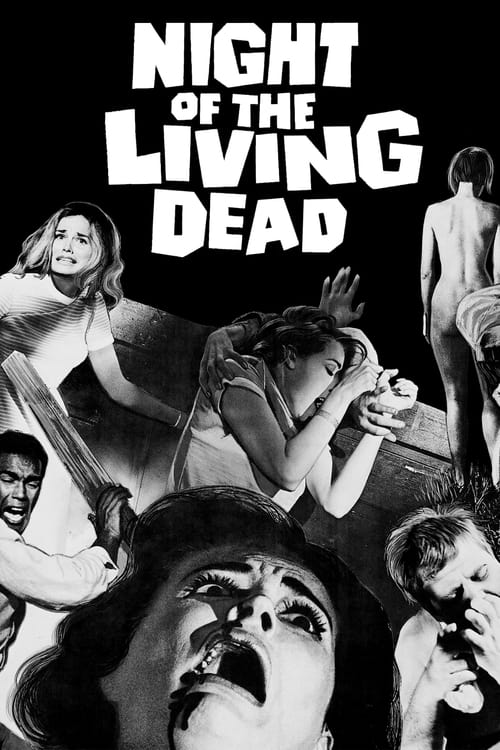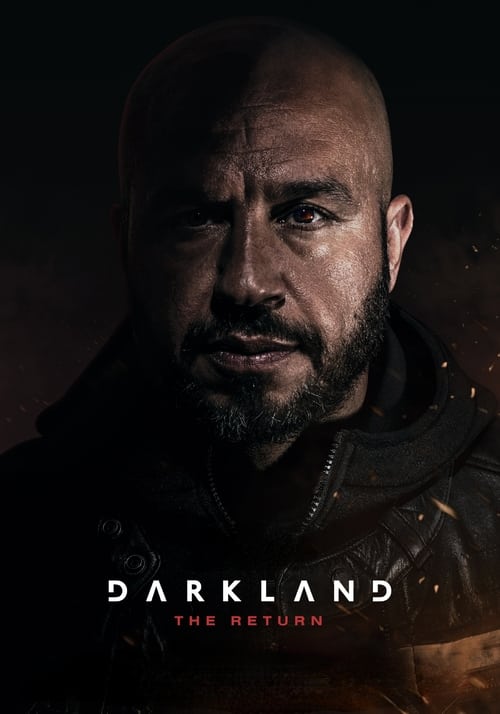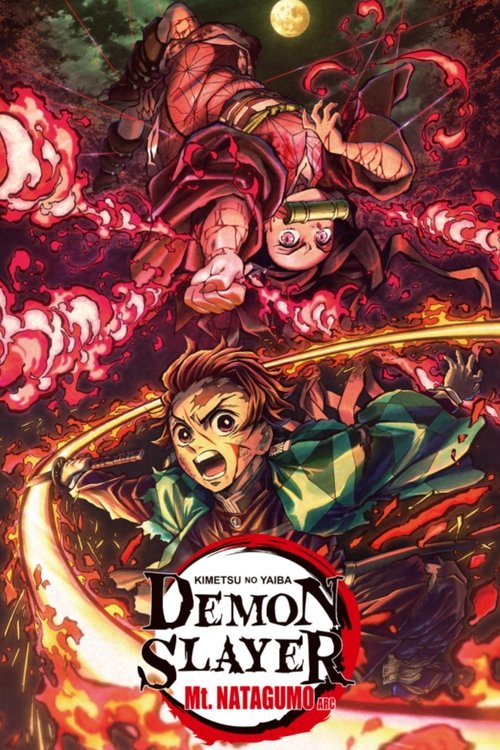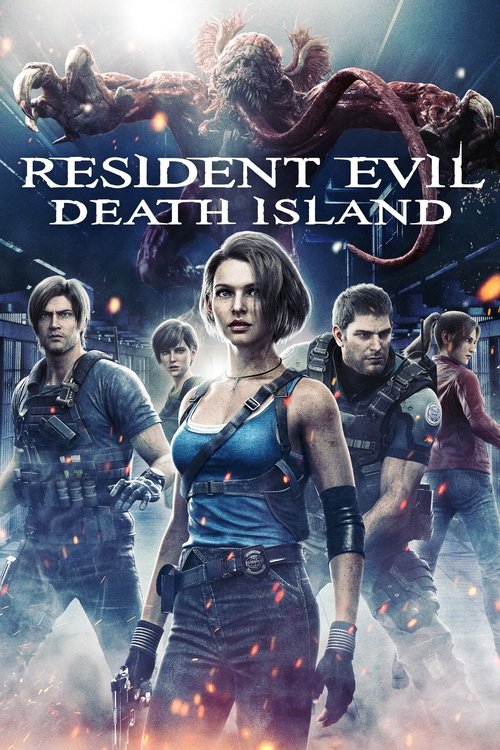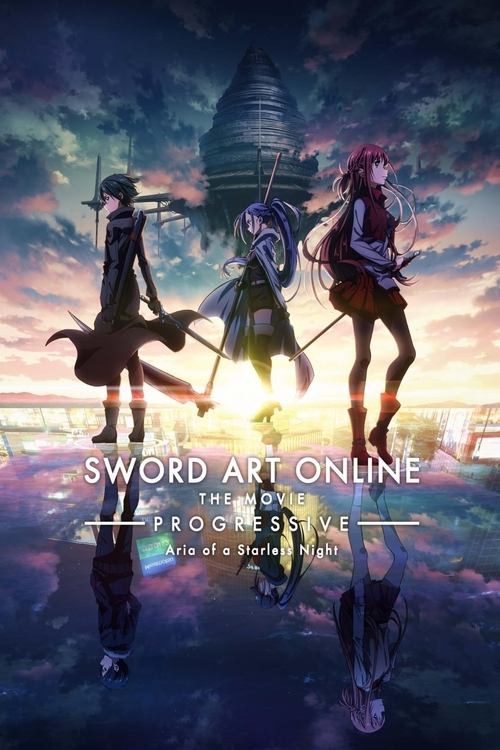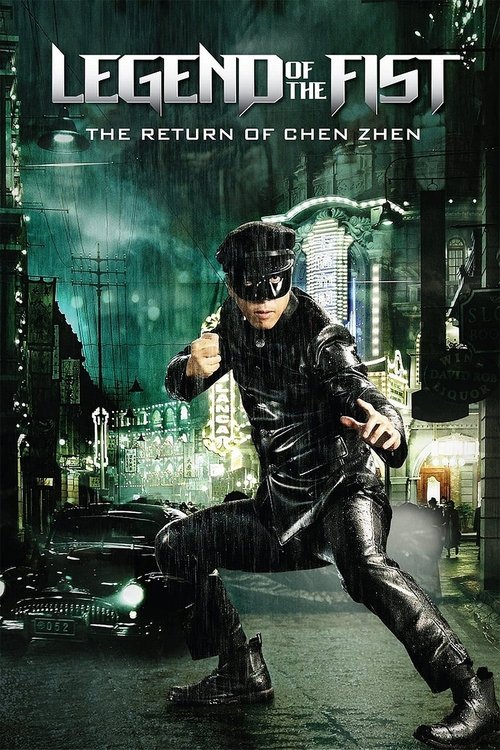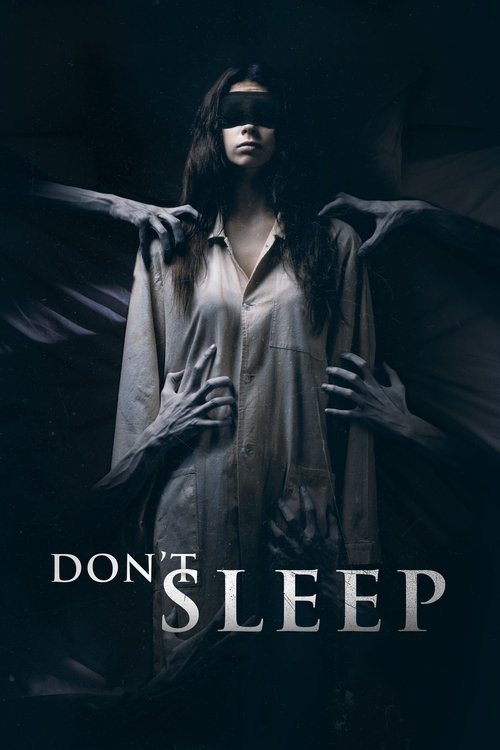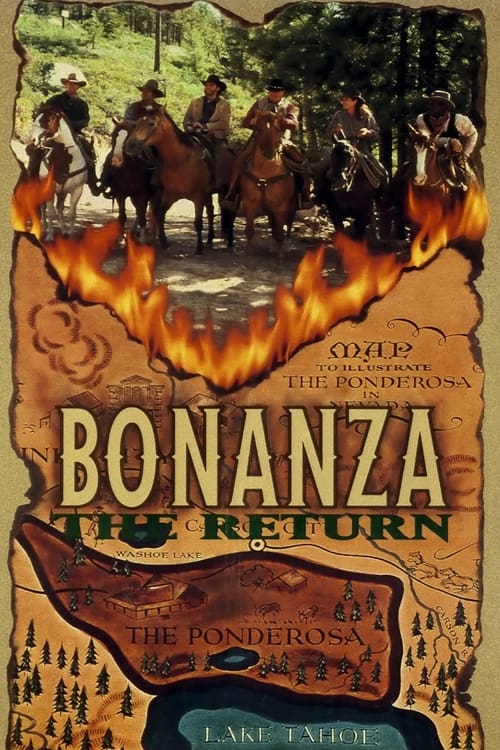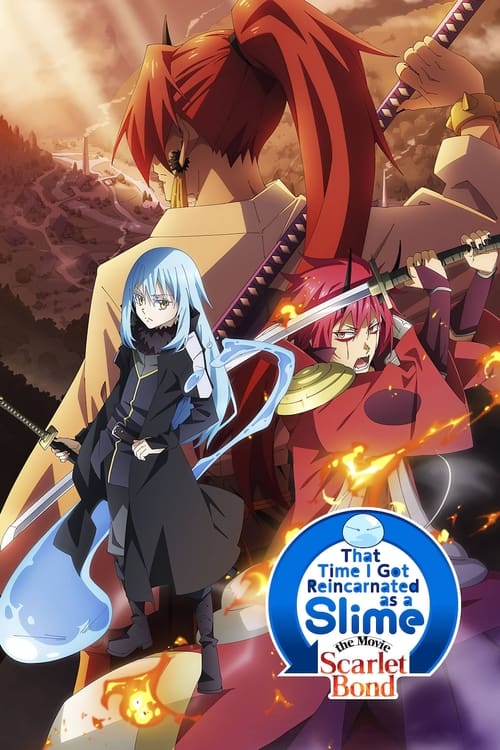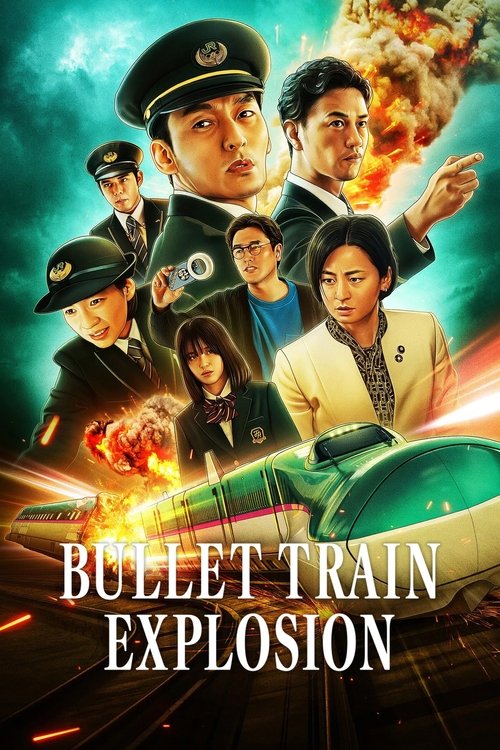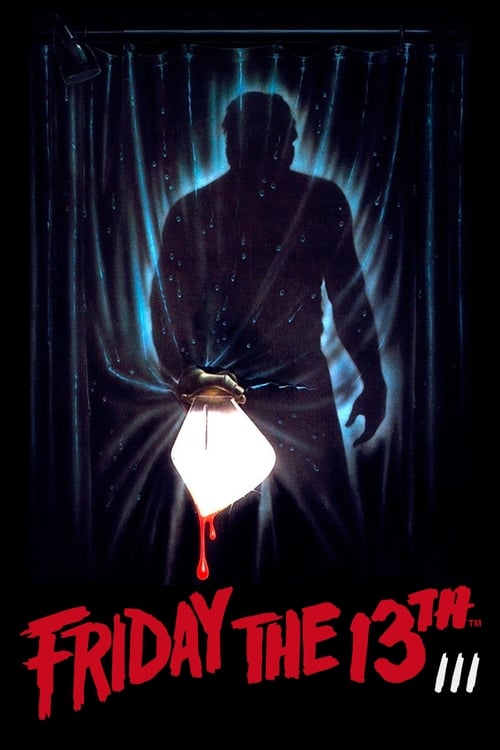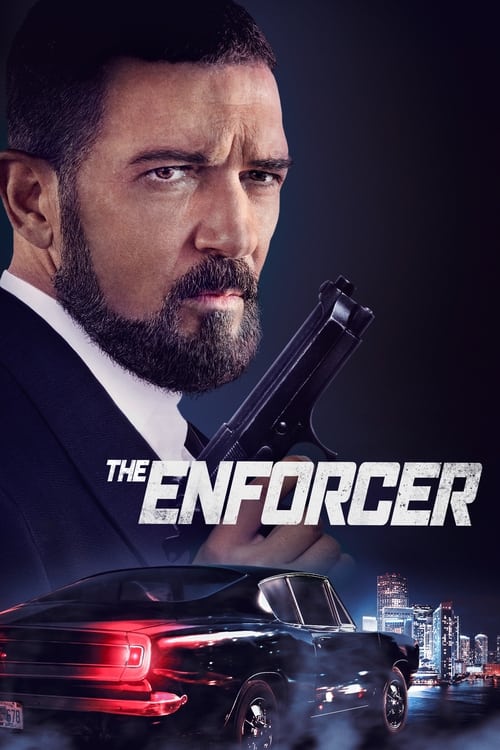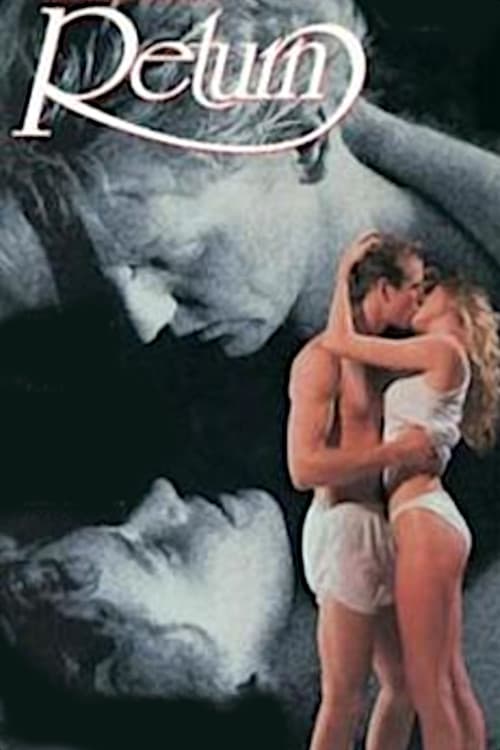
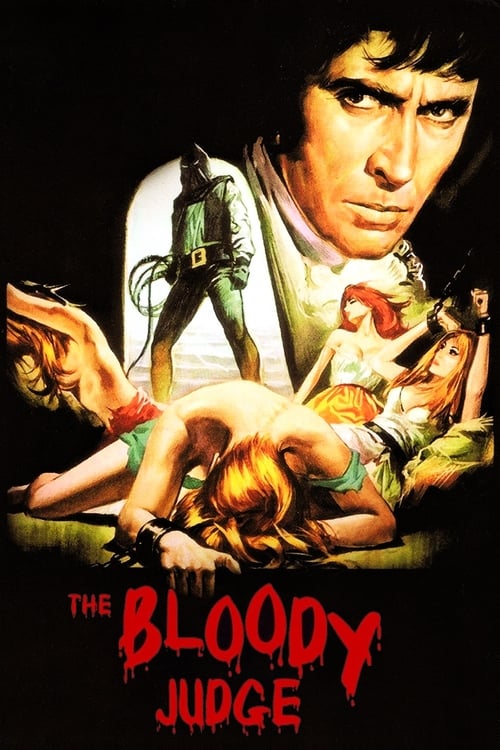
1970
·84m
The Bloody Judge
Summary
In 1685 England, an overzealous Lord Chancellor condemns various rebels and "witches" to satisfy his political and sexual whims, ignorant of the true consequences of his actions.
Director, Adaptation
Jesús Franco
Adaptation
Enrico Colombo
Original Story
Peter Wellbeck
Story
Harry Alan Towers
Writer
Michael Haller
Writer
Anthony Scott Veitch
Reviews
Wuchak
August 31, 2023
**_The horror of civil war four decades after the infamous exploits of Matthew Hopkins_**
During the Monmouth Rebellion of 1685 in Britain, George Jeffreys (Christopher Lee), known as “the hanging judge,” carries out his job sentencing witches and insurrectionists to torture and execution.
“The Bloody Judge” (1970) was inspired by the success of “Witchfinder General,” aka “Conqueror Worm,” similar to “Mark of the Devil,” just not as well-known. While it includes torture sequences, they’re not as overt or prevalent as “Mark.” The original Italian title translates as “The Throne of Fire” and the flick was released in North America in 1972 with the ill-fitting name “Night of the Blood Monster.” Thankfully, it was later changed.
The production values are superior to both “Witchfinder General” and “Mark of the Devil” (which is surprising with Jesús Franco at the helm). The cinematography, colors and locations are outstanding. Unfortunately, the first half is better than the second; the latter seems to lose its way. Nevertheless, there’s a lot to appreciate.
The movie uses the setting of the Monmouth Rebellion to illustrate different kinds of horror: being wrongly judged, tortured and executed; rape; political unrest; fighting in explosive combat and getting wounded; putting on an erotic act in a desperate attempt to save one’s life; having the tables suddenly turned; and getting a horrific taste of one's own medicine.
Comparable movies beyond the two others noted include “The Blood on Satan’s Claw” and “Twins of Evil,” as well as “Rasputin: the Mad Monk” and “The Last Valley.”
The flick runs 1 hour, 42 minutes (wrongly listed as 1 hour, 24 minutes) and was shot in Sargans and Vaduz, Liechtenstein.
GRADE: B-
Media
Status:
Released
Original Language:
Italian
Budget:
$0.00
Revenue:
$0.00
